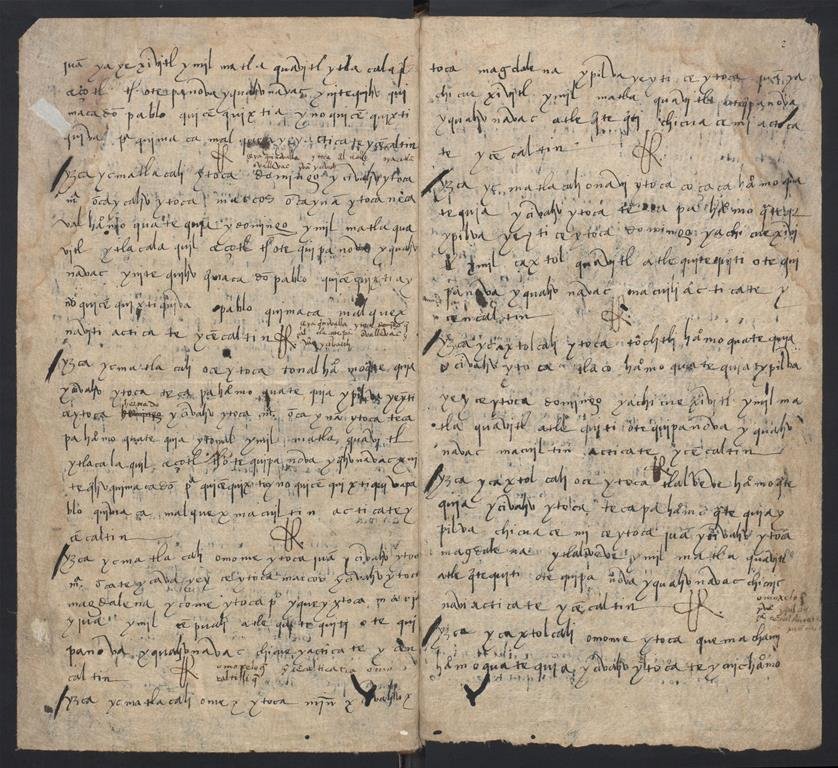Unique 500-Year-Old Aztec Document Written In Nahuatl Studied In Poland
– A unique 500-year-old Aztec document is now studied by a team of researchers from the Faculty of “Artes Liberales” at the University of Warsaw.
The document (a fragment of the register), found in the library of the Jagiellonian University in Cracow, Poland, contains 80 elongated pages written in the language of the Aztecs – Nahuatl – which has survived to this day. It originates from the area of today’s Mexico.
It all began in the years 1519-1524 with the conquest of the giant Aztec Empire by the Spanish conquistador Fernando Cortez.

Spaniards permanently developed procedures for the conquered territories. After the defeat of the local population, the conquistadors appointed a viceroy and other European officials who would rule over the regions along with Cortez.Cortez was not particularly satisfied with the idea and started to argue, demanding that he should be given more land and power.
Dr Julii Madajczak has examined an interesting Aztec document that contains a register of the population and the Marquisate of the Valley of Oaxaca, which Cortez received for his services from the Spanish king. Despite its name, the marquisate covered a much larger area than the Valley of Oaxaca, comprising a vast stretch of land in the present-day Mexican states of Oaxaca, Morelos, Veracruz, Michoacán and Mexico.
Madajczak suspects list register was created on Cortez’ order as he want to who wanted to find out what resources are available and what other earthly possessions he could claim.
The study of the Aztec document is demanding and far from easy, but it’s certainly worth the effort as it contains valuable information about the Aztecs and their culture after the arrival of Europeans.The table consists of a continuous text written in the local language of the Aztecs – Nahuatl.
This unique document divided the register on villages. The average number in the village at the time was 200-250 people. The register also contained information about the most important in the village, the characteristics of individual households and the number of their inhabitants.
Occasionally, there was even information about the mistress of the house and when and where a person was baptized.
Of course, the most significant information was which households were obliged to pay taxes to the ruler.Not every household was forced to pay taxes. For example, local nobles whose task was to control the peasants, or widows were exempted from paying taxes.
The Aztec document will now be examined by researchers and one of the goals with the study is to find out who was forced to pay taxes and who was free from this burden.



 Creators of mankind
Creators of mankind Description of “Tall white aliens”
Description of “Tall white aliens” Where they came from?
Where they came from? About hostile civilizations
About hostile civilizations The war for the Earth
The war for the Earth “Tall white aliens” about eternal life
“Tall white aliens” about eternal life Video: “Nordic aliens”
Video: “Nordic aliens” Aliens
Aliens Alien encounters
Alien encounters The aliens base
The aliens base UFO
UFO Technology UFO
Technology UFO Underground civilization
Underground civilization Ancient alien artifacts
Ancient alien artifacts Military and UFO
Military and UFO Mysteries and hypotheses
Mysteries and hypotheses Scientific facts
Scientific facts


















